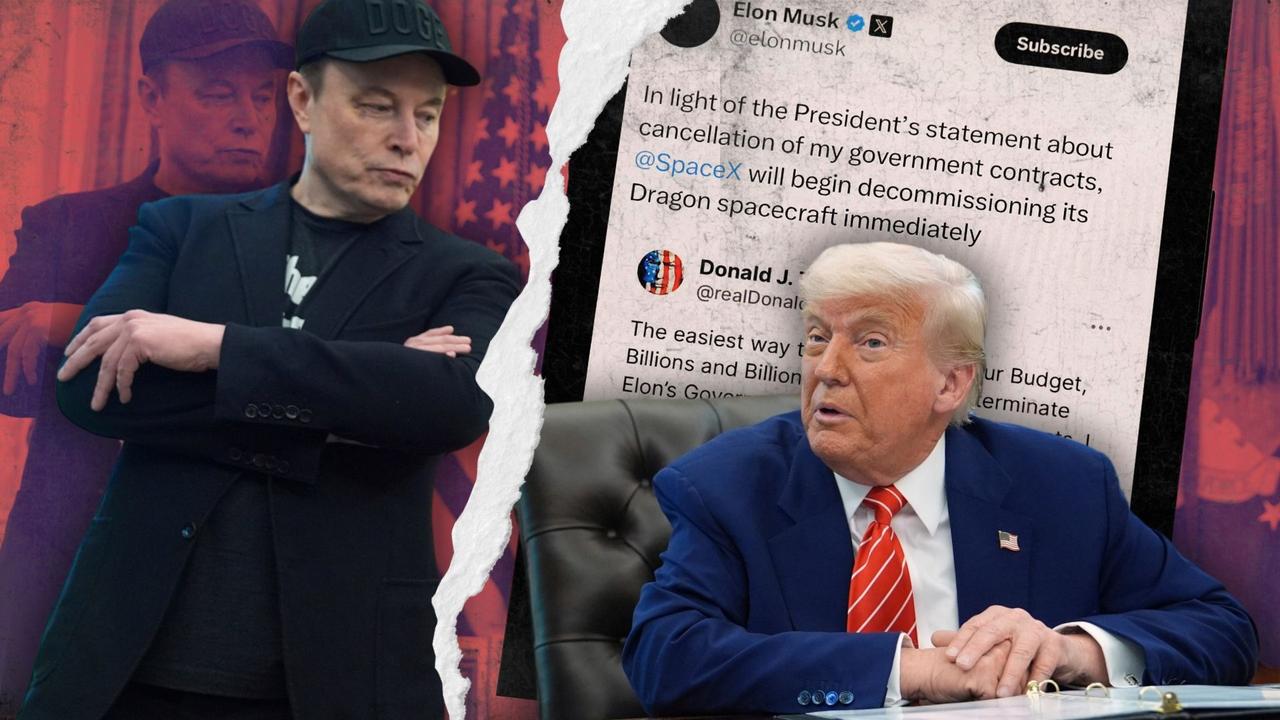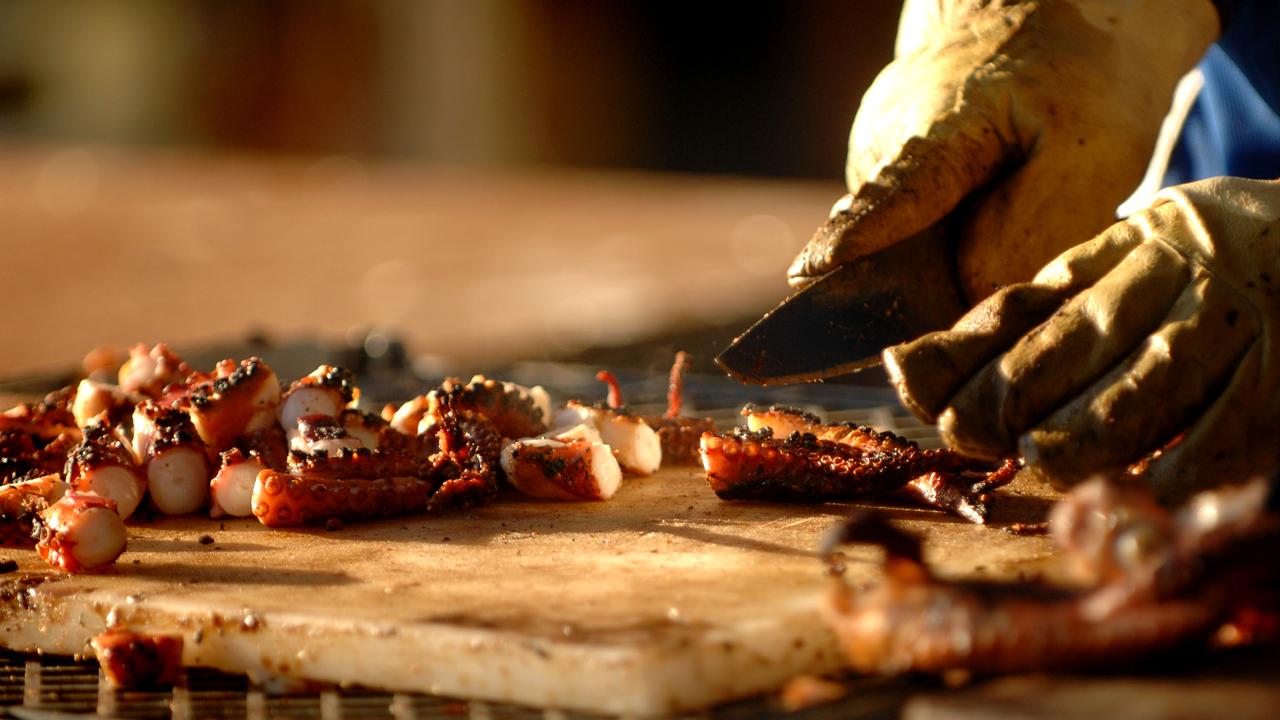Second big battery in works as $45m Darwin Katherine project operational by end of the year
A multimillion-dollar battery system will be installed in the Darwin-Katherine grid, as Chief admits ‘option’ to buy back stranded solar farms.
Business
Don't miss out on the headlines from Business. Followed categories will be added to My News.
A second big battery system will be installed in the Northern Territory in a step toward allowing more renewable power into the grid.
Construction and pre-commissioning for the $45 million Darwin-Katherine Battery Energy Storage System is now complete, with all 192 batteries in the system expected to come online by the end of the year.
On Monday, the government announced it had opened expressions of interest for a DK BESS 2 project, with hopes it could be connected to the grid from 2026.
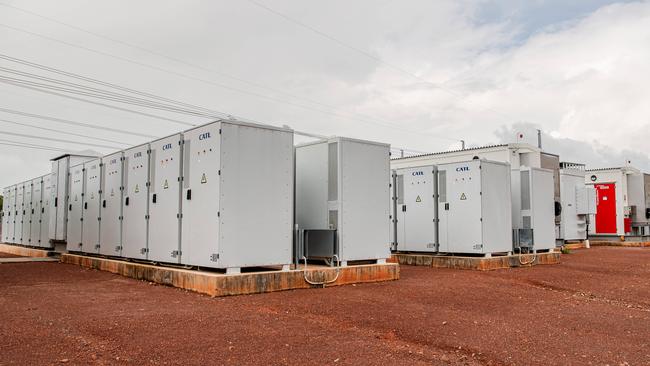
Unlike the DK BESS which is based entirely at Channel Island Power Station, south of Darwin, the BESS 2 is expected to involve large scale batteries distributed across several locations on the Darwin-Katherine grid.
The 3.5 tonne batteries hold one hour of storage and help stabilise the grid by responding instantly to fluctuations in power, which allows for more inconstant power sources such as solar and other renewables to be connected to the network.
Territory Generation chief executive Gerhard Laubscher said the second battery would have “greatly helped” avoid a major blackout that hit the grid last month, but there was more work to be done to assure supply before gas-powered synchronous generators were taken offline.
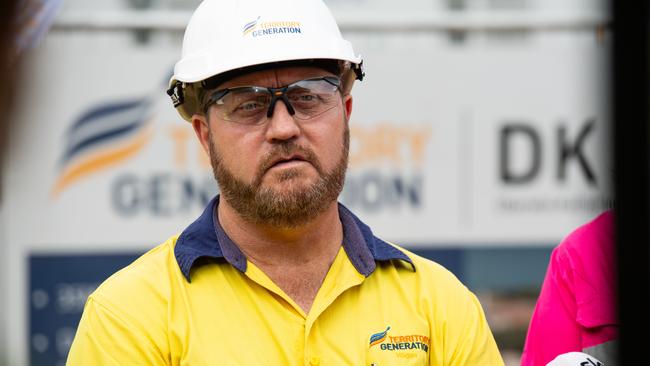
“This is only the second battery in the face of additional batteries that we will implement,” Mr Laubscher said.
“The synchronous machines will be kept online as long as we require it, we definitely are looking to shut them down at a stage but there’s no specific time.”
Chief Minister Eva Lawler said the BESS batteries were part of a system that would allow stranded solar farms at Batchelor, Manton Dam and Katherine to become operational.
The Katherine farm is currently operating at 25 per cent, and Ms Lawler hoped all three would provide energy to the grid by the end of the year.
“It is about making sure the Darwin-Katherine Electricity System Plan is able to then cope with that input of energy coming from those solar farms,” she said.
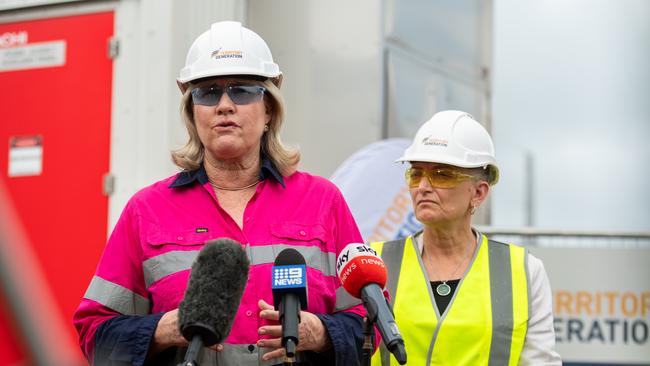
Ms Lawler said there was “a possible option” the government would buy back the solar farms from Eni.
The multinational oil company bought the farms in 2019 under a deal positioned to deliver significant revenue within months – until the government soon after introduced new generator performance standards to avoid large amounts of fluctuating power being plugged into the system.
“We need to be able to control the energy that’s coming from those (solar farms), so it’s an option,” Ms Lawler said.
She said it would “of course” be easier to manage the transition if the assets were publicly owned – a line she similarly stressed for the BESS projects.
“The DK BESS and DK BESS 2 are an important part of our transition to a renewable energy future.
“We are able to invest in our power grid because we own our assets like Territory Generation, Jacana and Power and Water.”




